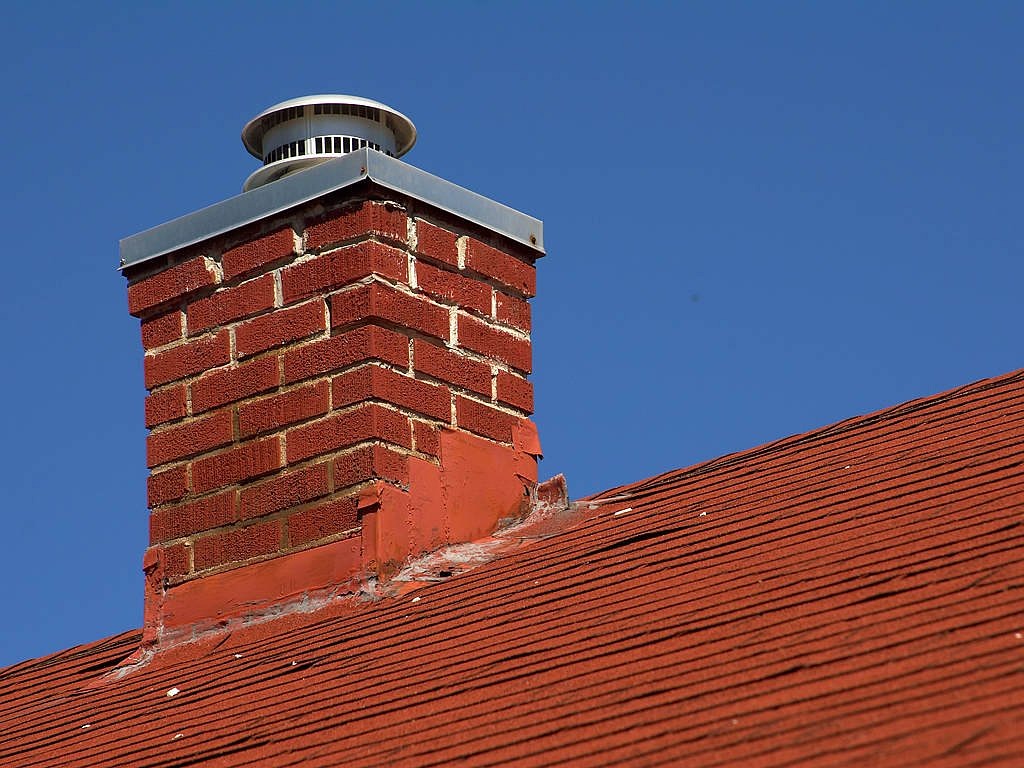
Chimneys are susceptible to wear and tear over time due to various factors such as weathering, aging, and inadequate maintenance. Addressing chimney damage promptly is crucial to prevent safety hazards like leaks and fire risks. This guide will delve into the technical aspects of professional chimney restoration services, encompassing damage assessment, masonry restoration techniques, sealing, waterproofing, and ongoing maintenance.
Assessing the Damage
Thoroughly evaluating the extent of chimney damage is fundamental to ensuring effective repair. Common signs of damage to look for include cracked bricks, deteriorated mortar, and crumbling brickwork. Engaging professional chimney restoration services is vital for comprehensively evaluating the chimney’s condition. These professionals possess the expertise to identify structural issues and provide precise recommendations for repair based on a detailed analysis.
By obtaining a thorough assessment, homeowners can gain valuable insights into the necessary repairs and ensure that their chimney is restored to a safe and functional state. Professional guidance in this process is crucial for maintaining the structural integrity and safety of the chimney for years to come.
Masonry Restoration Techniques
Repointing, often the go-to solution for limited masonry damage, involves removing degraded mortar and applying fresh mortar to fill the gaps. Using compatible mortar is essential to ensure structural integrity and a seamless appearance. In cases of severe damage, the replacement of individual bricks may be necessary. Selecting matching bricks and mortar is imperative to maintain aesthetic continuity and structural stability throughout the repair process.
Sealing and Waterproofing
Applying a specialized waterproofing agent is critical to shield the chimney masonry from the detrimental effects of precipitation, including rain and snow. This protective measure serves as a crucial line of defense against further deterioration. Properly sealing the chimney not only mitigates moisture ingress but also safeguards against potential mold and mildew formation.
Advanced Repair Techniques
Advanced repair techniques might be required when the chimney structure has incurred extensive damage. These may include the implementation of stainless steel reinforced linings, which enhance the chimney’s structural integrity and longevity. Additionally, anchoring systems designed to stabilize deteriorated chimney structures can be employed to ensure optimal safety and performance.
Ongoing Maintenance
Following comprehensive repairs, establishing a structured maintenance regimen is pivotal to preserving the restored chimney. Scheduling annual inspections and cleanings is essential to eliminating creosote buildup and detecting any emerging damage promptly. Proactive maintenance measures are instrumental in extending the chimney’s lifespan and minimizing the likelihood of costly repairs.
Professional Expertise and Compliance
Engaging professionals with expertise in chimney repair not only ensures the meticulous execution of restoration but also guarantees compliance with industry standards and regulations. Relying on certified chimney technicians proficient in the latest repair techniques and safety protocols is critical to achieving long-term structural stability and performance.
Professional chimney repair entails a multifaceted approach encompassing rigorous assessment, precise masonry restoration, sealing, waterproofing, and ongoing maintenance. Property owners can effectively address chimney damage and safeguard their structures against potential safety hazards by prioritizing technical expertise and adherence to industry best practices, ensuring long-term reliability and performance.





